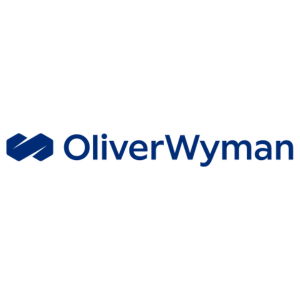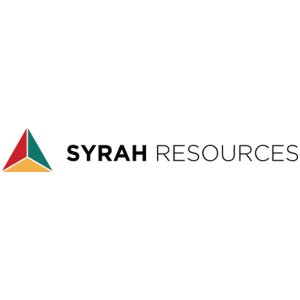Securing its place in the future of electrification
When it comes to energy there is a fundamental transformation underway that will deliver a new reality in clean energy. It is not just the traditional advocates of renewable energy that are leading the way, it is the world’s major emerging economies such as China and India that are driving this clean energy transition.
According to the International Energy Agency (IEA) World Energy Outlook 2019 China’s growing energy needs are increasingly met by renewables, natural gas and electricity. The scale of China’s future electricity demand and the challenge of decarbonising the power supply help explain why global investment in electricity overtook that of oil and gas for the first time in 2016, and why electricity security is moving firmly up the policy agenda.
One of the prime strategies for China is to increase the penetration of electric vehicles (EVs). The move towards an electric based mobility solution now forms a major part of the environmental policies of many governments with many already having set targets. China is one of several nations to announce a desire to phase out traditional internal combustion engines entirely. It is believed that moving to EVs will ensure an improvement in the air quality in China’s major cities and this is driving the carmakers to invest in electrification. A crucial piece of the EV puzzle is the raw material resources that include the minerals – copper, nickel, cobalt, graphite and lithium – that are processed for use in EV components including lithium-ion (Li-on) batteries. These raw materials are mined in various parts of the world including China itself along with Africa and South America.
At present China accounts for 70 per cent of the global lithium cell manufacturing capacity, with the United States at just 12 per cent while Europe only accounts for three per cent of global production capacity.
It seems hard to believe when you look at the streets of Chinese cities where Range Rovers, VWs and Toyotas vastly outnumber the local incumbents of Havals, Changans and BYDs but China has grand aspirations to lead the world in electric vehicles, both the finished product and the major components. Chinese carmakers already make more cars than those of any other country. They also make more electric cars than anyone else, laying a claim to the industry’s future. To maintain that leading position China needs to supplement its native mineral deposits with overseas resources and for that goal they have had their eyes on Africa for some time.
China and Africa minerals
Research released last year by IJGlobal reveals that the value of loans from Chinese financing of energy and infrastructure projects in Africa almost trebled between 2016 and 2017, from $3 billion to $8.8 billion. In the mining sector alone between 2005 and 2017 China invested $58 billion and continues to be a leading investor in the global mining industry.
China’s acceptance of political and security risks along with its willingness to entrench its operations in the growth of local industry have allowed China to gain footholds in complex natural resource markets. A perfect example can be seen in its acquisitions within the vital Democratic Republic of Congo (DRC) cobalt resources. China now controls seven of the largest DRC mines, led by Molybdenum, and in the process over half DRC’s cobalt supplies.
Almost three quarters of the world’s cobalt is mined in the DRC. Cobalt is an essential element within lithium battery cells – along with lithium, nickel and manganese, it makes up the metal oxide slurry of the battery cell’s cathode from which electricity is generated. With the EV market growing rapidly, that demand for cobalt is predicted to double and that is according to conservative estimates. The forecast is that EVs production will grow from under two million units to a forecast 11 million units in 2025, and off that number China is expected to produce more than half of the total.
This farsighted strategy of creating and securing global supply lines in strategic raw materials, all part of China’s Belt and Road plan, is well on the way to securing its own forward supplies of key raw materials and battery-ready high-grade chemicals, all at the expense of the rest of the world. It does not stop there as in addition many of the mines that China does not control predominantly sell to Chinese traders and Chinese cobalt refineries, amongst that number is Glencore, owner of the Katanga mine, DRC’s single largest mine.
With few governments having articulated, let alone implemented, an explicit resource strategy, China is more than a decade ahead in the game. This investment leaves them in pole position to win the battery race, and with it control the coming electrification both of mobility and energy storage.
According to the International Energy Agency (IEA) World Energy Outlook 2019 China’s growing energy needs are increasingly met by renewables, natural gas and electricity. The scale of China’s future electricity demand and the challenge of decarbonising the power supply help explain why global investment in electricity overtook that of oil and gas for the first time in 2016, and why electricity security is moving firmly up the policy agenda.
One of the prime strategies for China is to increase the penetration of electric vehicles (EVs). The move towards an electric based mobility solution now forms a major part of the environmental policies of many governments with many already having set targets. China is one of several nations to announce a desire to phase out traditional internal combustion engines entirely. It is believed that moving to EVs will ensure an improvement in the air quality in China’s major cities and this is driving the carmakers to invest in electrification. A crucial piece of the EV puzzle is the raw material resources that include the minerals – copper, nickel, cobalt, graphite and lithium – that are processed for use in EV components including lithium-ion (Li-on) batteries. These raw materials are mined in various parts of the world including China itself along with Africa and South America.
At present China accounts for 70 per cent of the global lithium cell manufacturing capacity, with the United States at just 12 per cent while Europe only accounts for three per cent of global production capacity.
It seems hard to believe when you look at the streets of Chinese cities where Range Rovers, VWs and Toyotas vastly outnumber the local incumbents of Havals, Changans and BYDs but China has grand aspirations to lead the world in electric vehicles, both the finished product and the major components. Chinese carmakers already make more cars than those of any other country. They also make more electric cars than anyone else, laying a claim to the industry’s future. To maintain that leading position China needs to supplement its native mineral deposits with overseas resources and for that goal they have had their eyes on Africa for some time.
China and Africa minerals
Research released last year by IJGlobal reveals that the value of loans from Chinese financing of energy and infrastructure projects in Africa almost trebled between 2016 and 2017, from $3 billion to $8.8 billion. In the mining sector alone between 2005 and 2017 China invested $58 billion and continues to be a leading investor in the global mining industry.
China’s acceptance of political and security risks along with its willingness to entrench its operations in the growth of local industry have allowed China to gain footholds in complex natural resource markets. A perfect example can be seen in its acquisitions within the vital Democratic Republic of Congo (DRC) cobalt resources. China now controls seven of the largest DRC mines, led by Molybdenum, and in the process over half DRC’s cobalt supplies.
Almost three quarters of the world’s cobalt is mined in the DRC. Cobalt is an essential element within lithium battery cells – along with lithium, nickel and manganese, it makes up the metal oxide slurry of the battery cell’s cathode from which electricity is generated. With the EV market growing rapidly, that demand for cobalt is predicted to double and that is according to conservative estimates. The forecast is that EVs production will grow from under two million units to a forecast 11 million units in 2025, and off that number China is expected to produce more than half of the total.
This farsighted strategy of creating and securing global supply lines in strategic raw materials, all part of China’s Belt and Road plan, is well on the way to securing its own forward supplies of key raw materials and battery-ready high-grade chemicals, all at the expense of the rest of the world. It does not stop there as in addition many of the mines that China does not control predominantly sell to Chinese traders and Chinese cobalt refineries, amongst that number is Glencore, owner of the Katanga mine, DRC’s single largest mine.
With few governments having articulated, let alone implemented, an explicit resource strategy, China is more than a decade ahead in the game. This investment leaves them in pole position to win the battery race, and with it control the coming electrification both of mobility and energy storage.


.jpg?ext=.jpg)
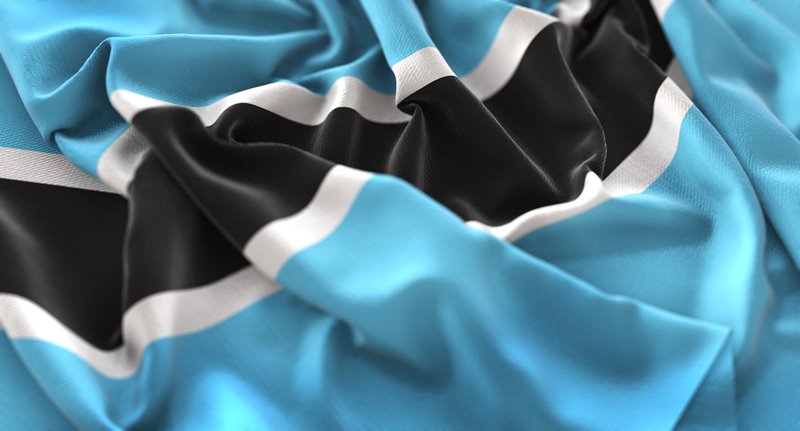
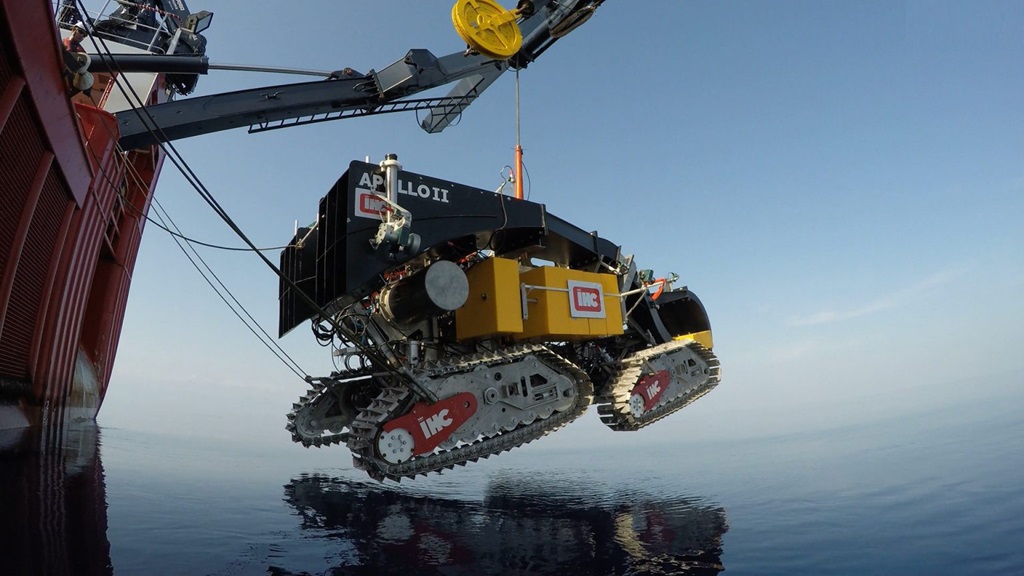
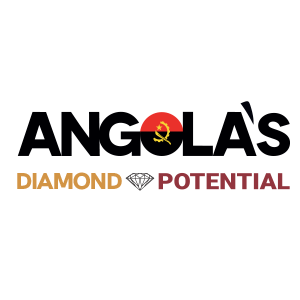

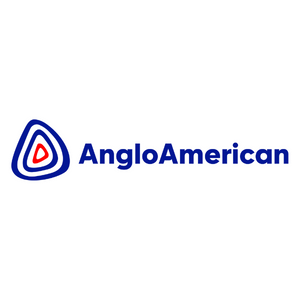

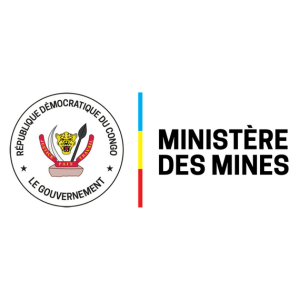
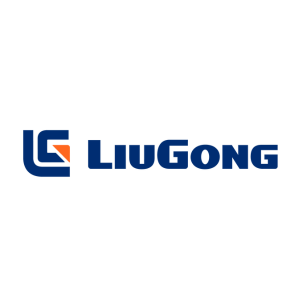
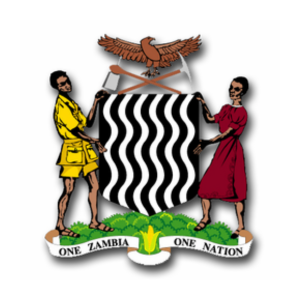

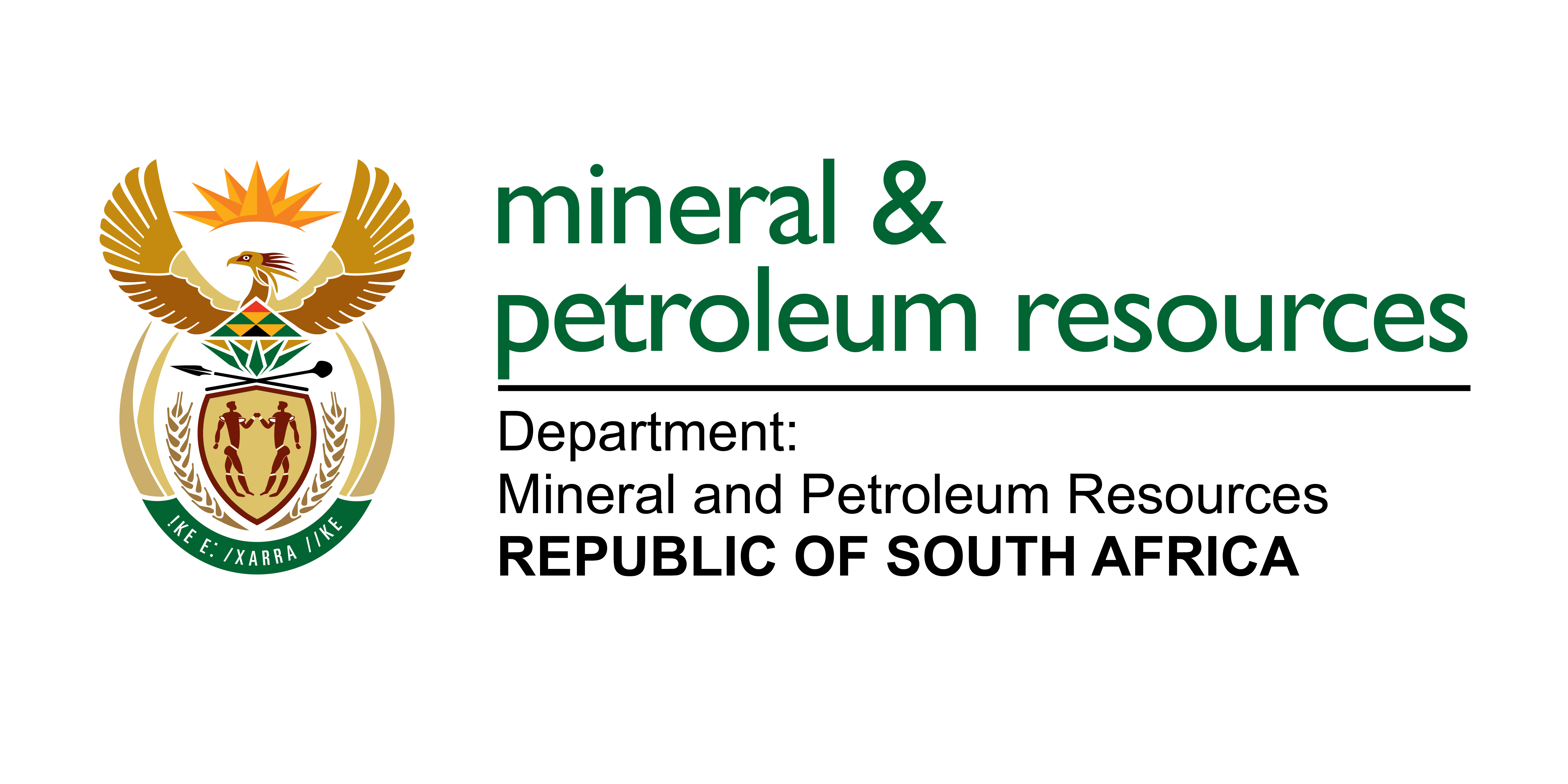-Logo_CMYK_1.jpg?width=1000&height=500&ext=.jpg)




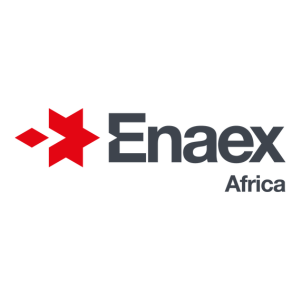


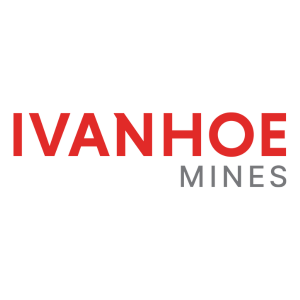
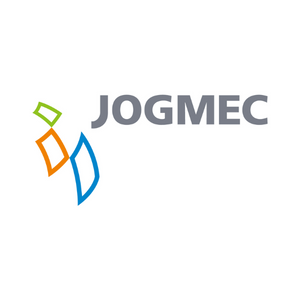

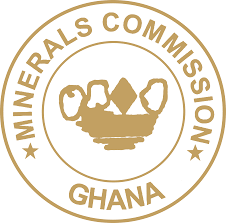
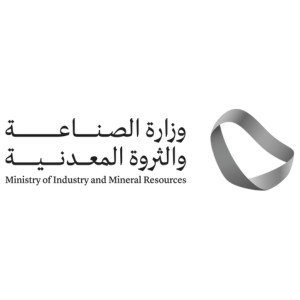
_mi25-weblogo.png?ext=.png)
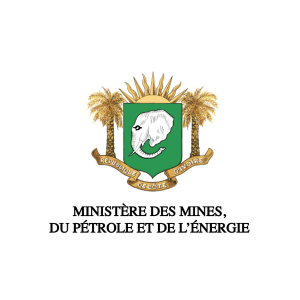
_1.png?ext=.png)
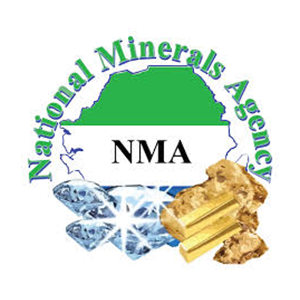

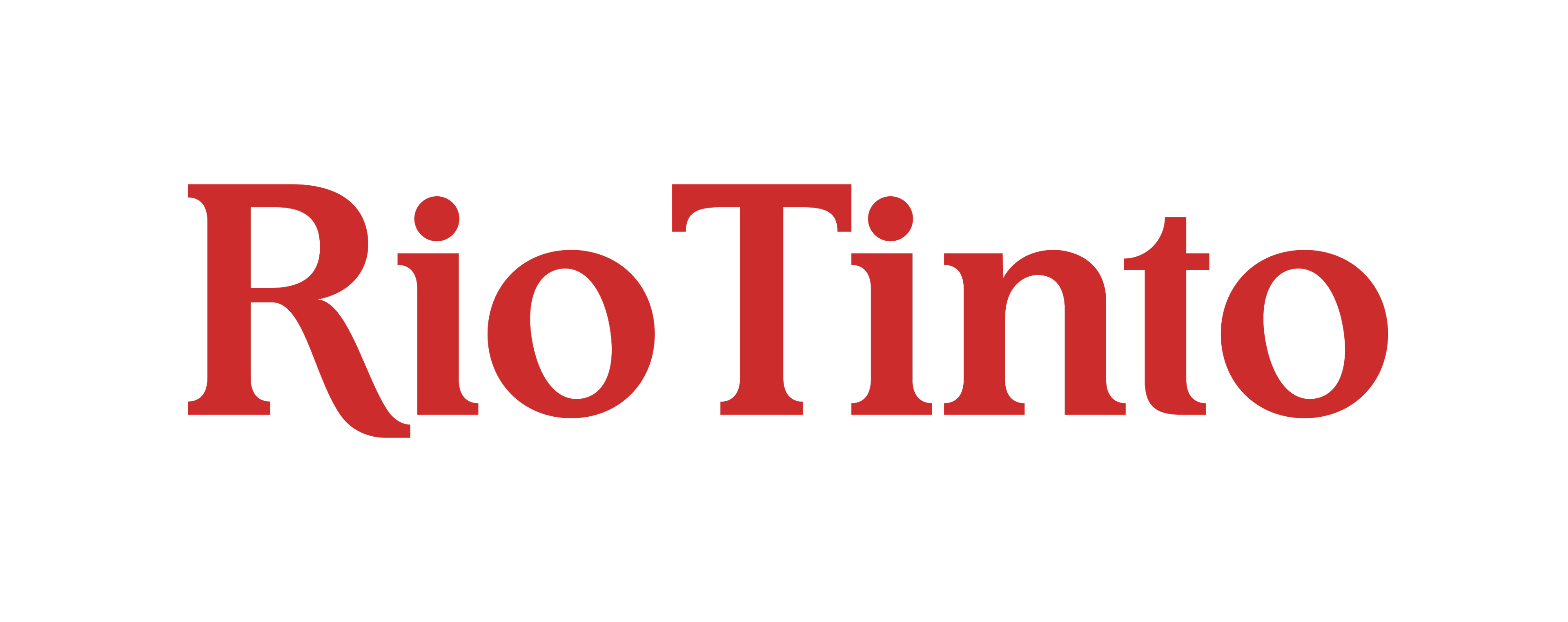

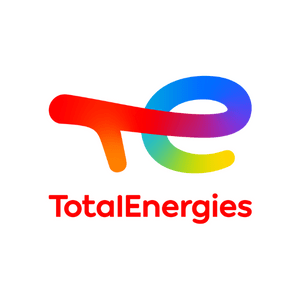





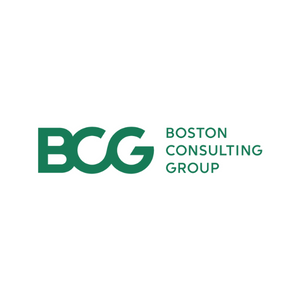


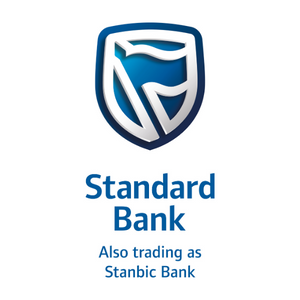


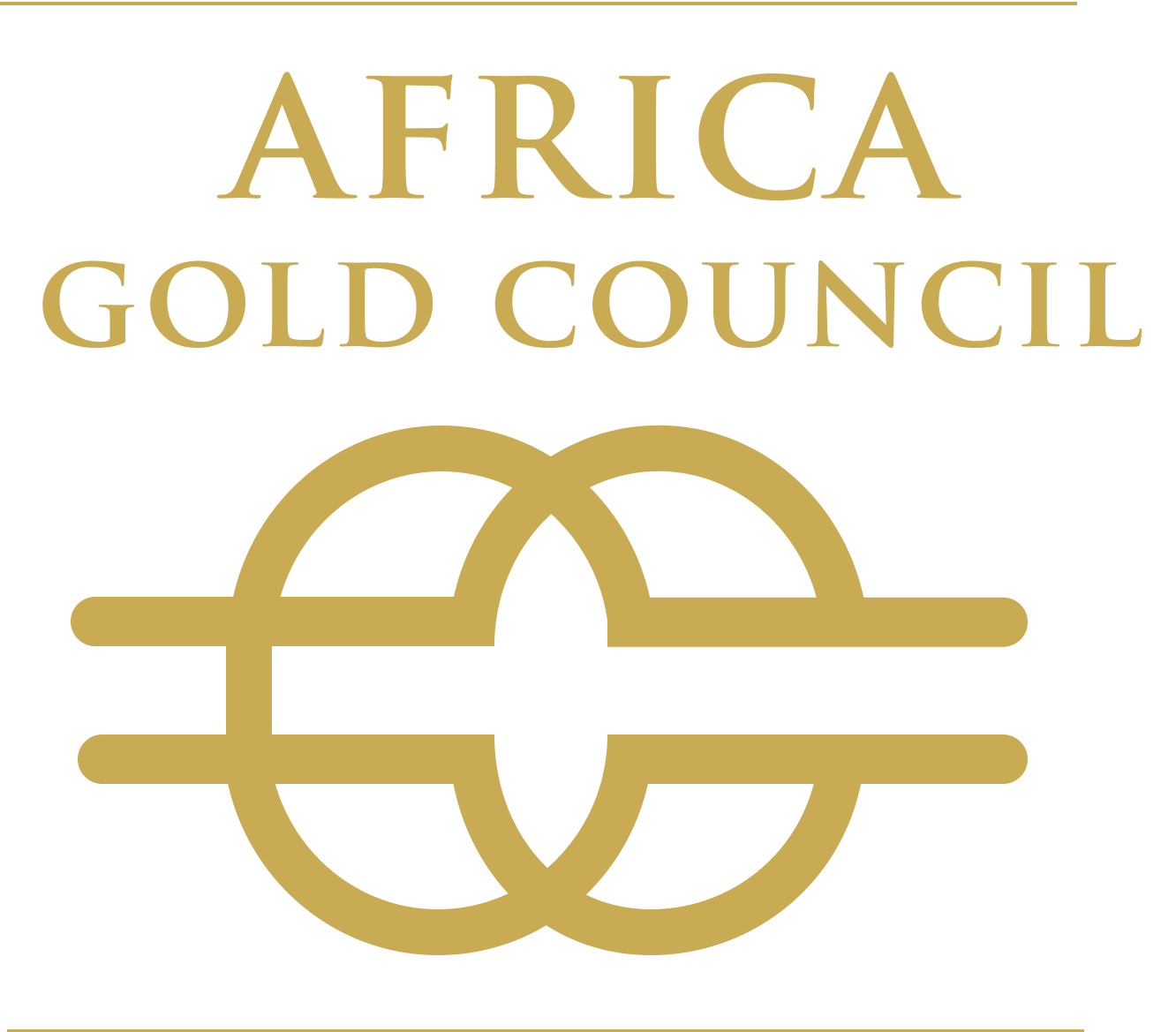
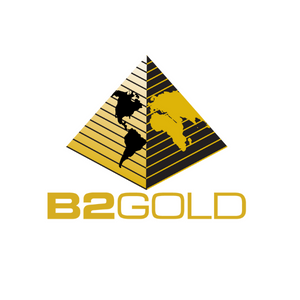
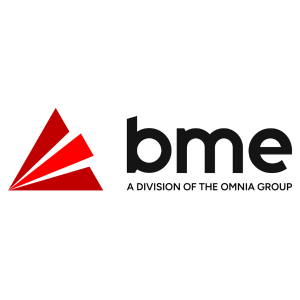


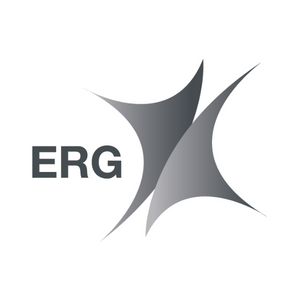







_mi25-weblogo.png?ext=.png)
